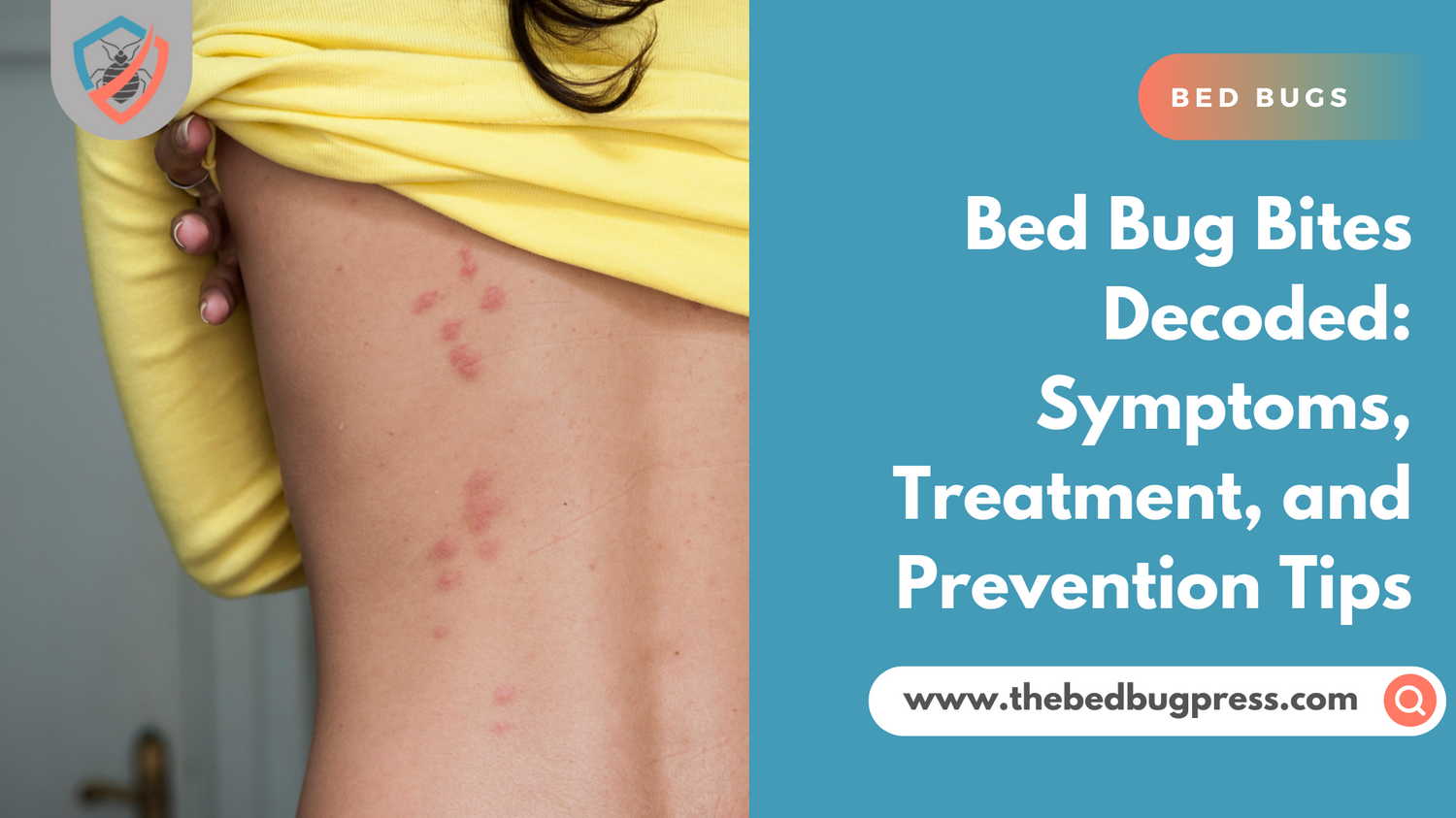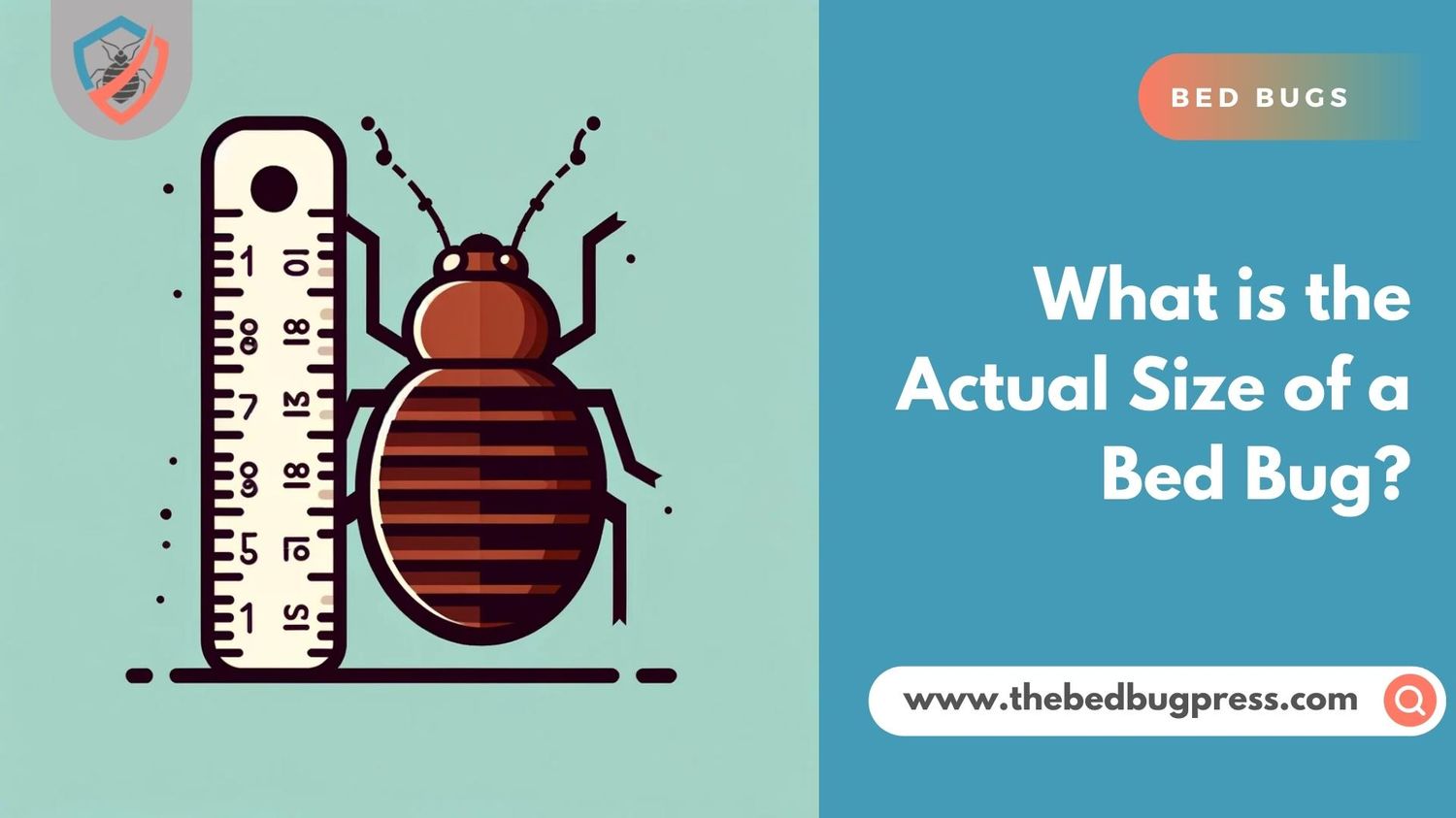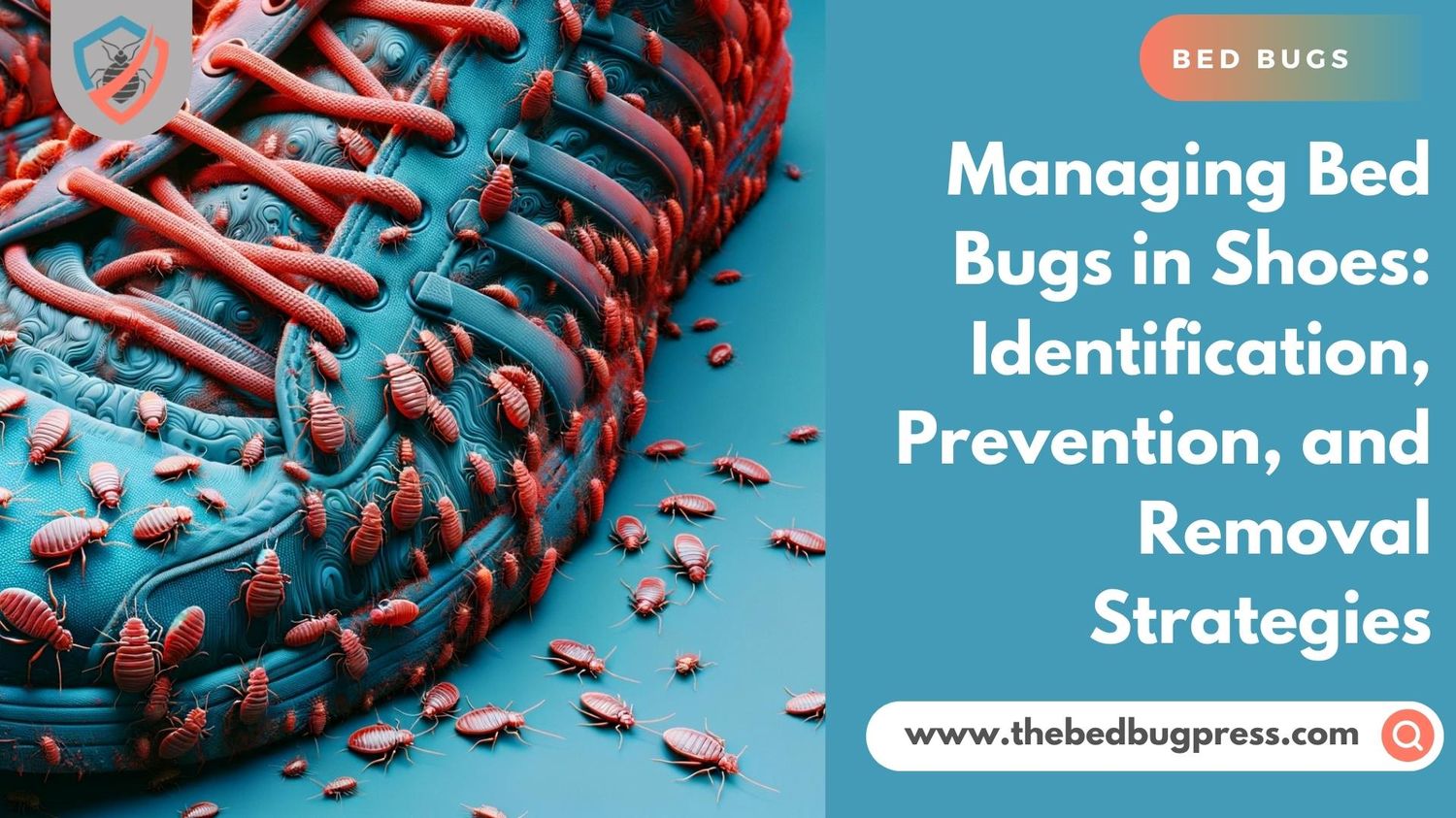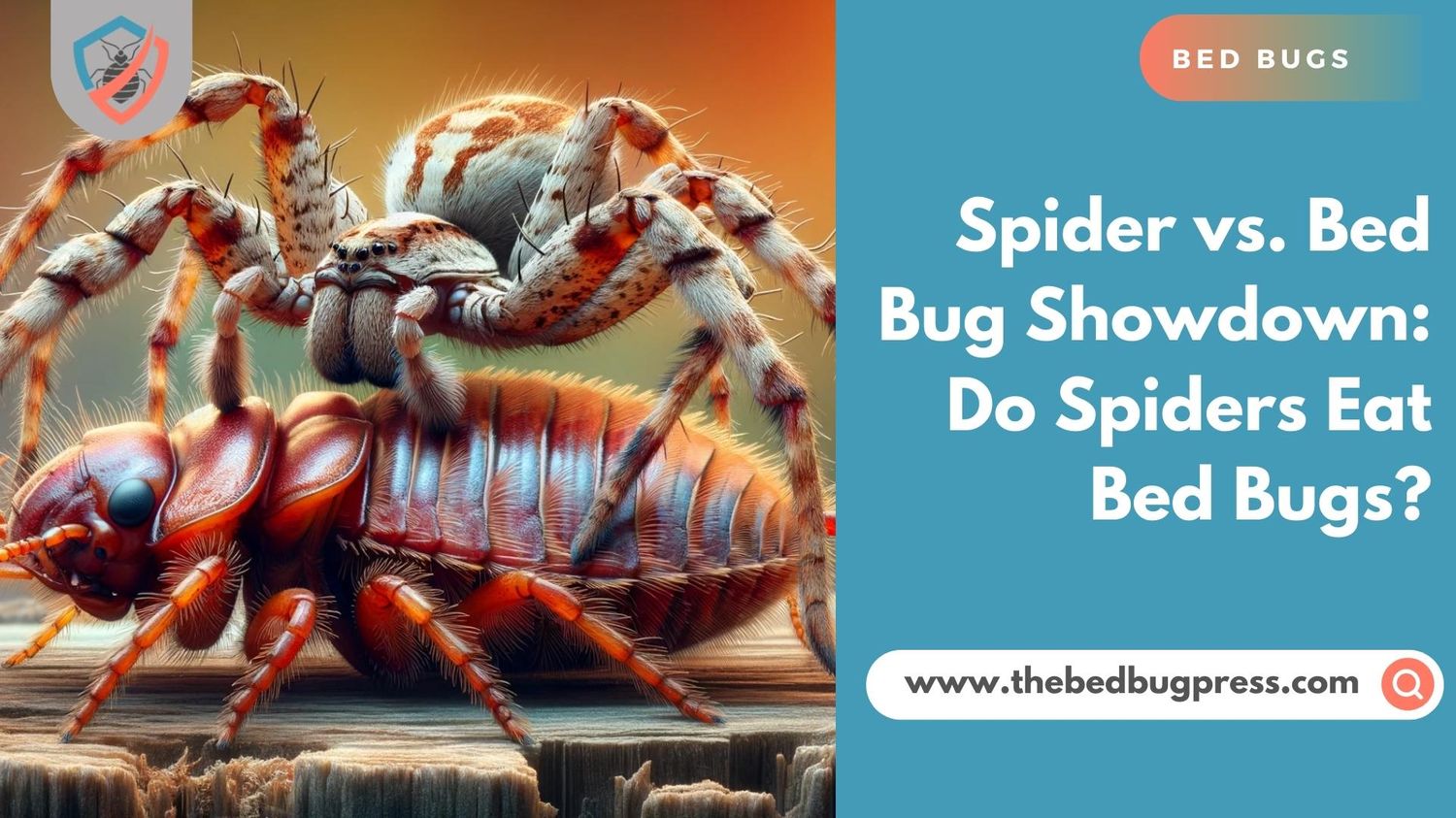Imagine waking up to unexplained bites on exposed areas of your skin, and discovering that unwelcome visitors have invaded your bed. Bed bugs, elusive creatures with a knack for causing sleepless nights and relentless itching, possess impressive stealth and survival skills.
But how do these minuscule pests navigate their way to unsuspecting hosts? It appears that bed bugs possess remarkable sensory abilities, allowing them to detect a range of cues to locate their next blood feast. This article delves into the captivating realm of bed bug behavior, shedding light on their extraordinary methods for tracking down human prey.

What are Bed Bugs Attracted to?
Bed bugs possess remarkable abilities to find their human hosts, employing various detection methods. One of their primary tactics involves sensing the carbon dioxide we exhale during breathing. Additionally, they have the capability to detect body heat, aiding them in precisely locating their target. Moreover, bed bugs are attracted to specific chemicals present in our skin, such as lactic acid and urea. They can also be enticed by the scents emanating from sweat and other body odors.
Interestingly, bed bugs can also be drawn to the characteristics of our clothing and bedding, including color and texture of mattress seams. They tend to prefer rough and textured fabrics over smoother materials like silk. Hence, it is common to find these pests harboring in the seams of mattresses and box springs, taking advantage of the rough and porous surfaces.
Bed bugs demonstrate remarkable proficiency in detecting and tracking down their human hosts, relying on an array of sensory cues to pinpoint their next blood meal. Although it may not be feasible to completely prevent bed bug infestations, understanding the factors that attract them can empower you to take precautionary pest control measures, minimizing your risk and safeguarding your home.
Bed Bugs Habits and Behavior in Finding Their Hosts
The world of bed bugs is filled with intriguing habits and behaviors when it comes to seeking out human hosts. These minute pests primarily operate under the cover of night, relying on the opportunity to feed on our blood while we sleep. To locate their next meal, they employ a diverse range of sensory cues, showcasing their resourcefulness.
One of the key methods bed bugs employ to find their hosts involves their exceptional ability to detect the carbon dioxide we exhale during respiration. Their antennae possess specialized receptors that can sense even the faintest traces of CO2, allowing them to precisely pinpoint the location of their target. Once in close proximity, they further rely on their sensitivity to body heat, skillfully honing in on the exact spot to feed.
Bed bugs also exhibit an attraction to specific chemicals present in our skin, such as lactic acid and urea. These substances emit distinct scents that bed bugs can detect from a considerable distance, enabling them to home in on their potential feeding source. Additionally, they are drawn to the odors associated with sweat and other body excretions.
Curiously, bed bugs display an affinity for the color and texture of our clothing and bedding. They tend to favor fabrics that are rough and textured, showing a preference for such materials over smoother options like silk. This explains their penchant for seeking refuge in the seams of mattresses and box springs, taking advantage of the rough and porous surfaces available.
Bed bugs demonstrate impressive adaptability in detecting and pursuing human hosts, employing a sophisticated blend of sensory cues to secure their next blood meal.
While completely eradicating bed bug infestations from dirty home can be daunting, understanding their behavior and preferences can empower you to proactively mitigate the risk and fortify your home against these persistent pests. By staying informed and implementing effective preventive measures, you can significantly reduce the likelihood of bed bug encounters and preserve your peace of mind.
Are Bed Bugs Attracted to Wood?
Bed bugs are not necessarily attracted to the wood itself, but they can certainly hide in wooden furniture or structures. Unlike termites, bed bugs do not feed on wood or any other building material. They are primarily attracted to humans and their blood, and they will hide in any crack or crevice near their hosts.
However, wooden furniture can provide an ideal hiding place for bed bugs. They can easily crawl into the tiny cracks and crevices in wooden bed frames, headboards, and dressers, making it difficult to spot a bed bug infestation. Additionally, wooden bed frame and furniture can absorb and retain heat, which can make it a cozy spot for bed bugs to hide and breed.
Are Bed Bugs Attracted to Household Chemicals?
Household chemicals and cleaning products do not generally attract bed bugs. In fact, some chemicals like insecticides can be utilized to aid in the eradication of these pests. However, bed bugs are attracted to specific chemicals emitted by our skin, such as lactic acid and carbon dioxide, as they rely on these signals to locate their hosts.
It is essential to recognize that relying solely on household chemicals may not always be effective in repelling or exterminating bed bugs. These resilient creatures have developed increased resistance to numerous commonly used insecticides, making professional treatment often necessary to successfully eliminate a bed bug infestation.
Are Bed Bugs Attracted to Period Blood?
Bed bugs have the ability to be attracted to the scent of blood, including menstrual blood. Similar to other blood-feeding insects like mosquitoes, bed bugs can detect and locate their hosts by sensing the chemical composition of blood.
Nevertheless, it’s crucial to understand that bed bugs are not exclusively drawn to menstrual blood. They are attracted to the scent of any type of blood, regardless of its source, be it from cuts, scrapes, or other wounds.
Are Bed Bugs Attracted to Urine?
Bed bugs are not inherently attracted to urine itself, but they can be enticed by the chemical compounds present in urine. Similar to other blood-feeding insects like mosquitoes, bed bugs possess the ability to detect and locate their hosts by sensing the chemical composition of our bodies and bodily fluids.
Urine comprises various chemicals, including urea, which can emit a distinctive scent that bed bugs are capable of detecting. Furthermore, urine can serve as a source of moisture, which is essential for the survival of adult bed bugs.
It is important to understand that while bed bugs may be attracted to the scent of urine, their primary attraction lies in human blood. They do not solely feed on urine or any other bodily fluids.
Are Bed Bugs Attracted to Dark Bed Sheets?
While bed bugs are not inherently drawn to dark bed sheets in particular, they do tend to find it easier to conceal themselves in darker fabrics. These pests have a preference for using hiding spots in dark areas, such as cracks and crevices, where they can remain undetected. Consequently, dark-colored bed sheets and bedding can offer an optimal hiding spot for bed bugs, complicating the identification of an infestation.
Are Bed Bugs Attracted to Dirty Laundry?
Bed bugs can exhibit an attraction to dirty laundry, although not solely due to its state of cleanliness. Similar to other blood-feeding insects, bed bugs possess the ability to detect and locate their hosts by sensing the chemical composition of our bodies and bodily fluids, including sweat and oils that can accumulate on clothing.
When wearing clothing, the body naturally sheds skin cells, sweat, and oils, all of which can act as attractants for bed bugs. If these items are left in a pile of dirty laundry, the scent of bodily fluids and skin cells lingering on the clothing can draw bed bugs toward them.

Are Bed Bugs Attracted to Warmth and CO2?
Warmth attracts bed bugs and so is carbon dioxide (CO2), along with other chemical compounds emitted by humans like lactic acid and sweat. Our exhalation releases carbon dioxide, which, combined with the heat radiating from our bodies, aids bed bugs in locating us. Researchers have discovered that bed bugs are most active when their hosts are at rest and exhaling carbon dioxide.
With specialized sensors on their antennae, bed bugs can perceive these chemical cues and track them to their origin, enabling them to find their host. Once a host is located, bed bugs feed on their blood for several minutes before retreating to their hiding spot.
Furthermore, bed bugs can employ heat and CO2 to locate hosts from a distance. Heat detectors on their bodies allow them to sense the warmth emitted by a human host or body, and they can follow the concentration gradient of CO2 in the air to pinpoint its source.
Are Bed Bugs Attracted To Certain Blood Types?
While bed bugs do prefer human blood, there is limited scientific evidence to suggest that they are attracted to certain blood types over others. Bed bugs are primarily attracted to the warmth, CO2, and other chemical cues produced by humans, rather than specific blood types. However, some anecdotal evidence suggests that bed bugs may prefer people with type O blood.
Are There Foods that Attract Bed Bugs?
Bed bugs are not attracted to specific foods or food odors, as they feed exclusively on human blood. However, they can be attracted to food residue or crumbs left on surfaces, as this can provide a hiding place for the bugs. Keeping your home clean and free of food debris can help minimize the risk of a bed bug infestation.
Are Bed Bugs Attracted to Pets?
Bed bugs can feed on the blood of pets, but they are not necessarily attracted to them. Pets can act as hosts for adult bed bugs, but they are not as preferred a target as humans. However, pets can still carry bed bugs into your home, especially if they have been in contact with an infested area.
Are Bed Bugs Attracted To Certain Scents?
Bed bugs are not necessarily attracted to specific scents, but they are sensitive to certain chemical compounds produced by humans. For example, bed bugs are attracted to the scent of carbon dioxide and other chemical cues produced by our bodies, such as lactic acid and sweat. They may also be attracted to scents associated with the food we eat, as this can provide a hiding place for the bugs.

What Repels Bed Bugs?
Several products claim to repel or kill bed bugs, such as essential oils and herbal remedies. However, there is limited scientific evidence to support the effectiveness of these products.
The best way to repel bed bugs is to keep your home clean and free of clutter, seal up any cracks or crevices where bed bugs may be hiding, and regularly inspect your bedding and furniture for live bed bugs, bed bug eggs, and check yourself for bed bug bites. These are also effective ways to prevent bed bugs from infesting your home. If you find bed bugs suspect you have a bed bug infestation, seeking professional treatment is the most effective way to eliminate the problem and prevent future infestations.






